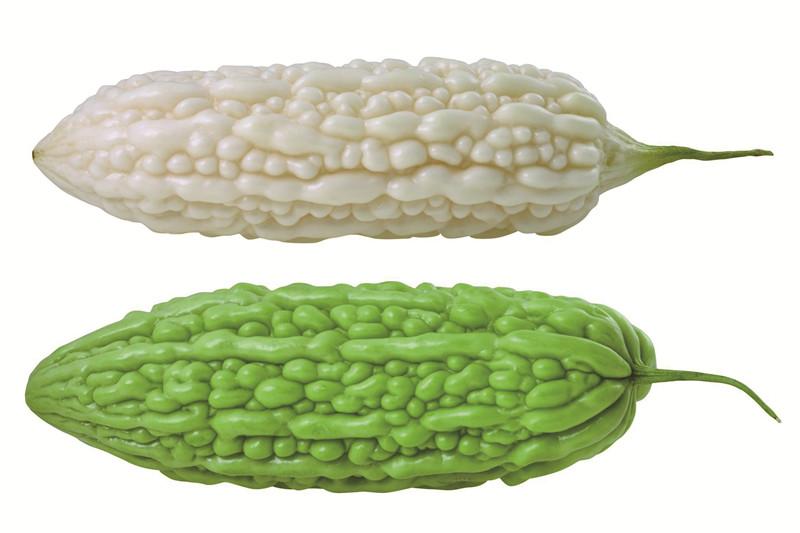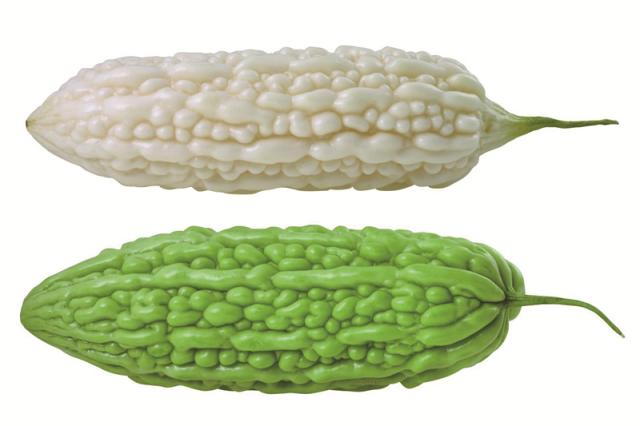hinese cuisine holds that there are five principle flavors - sour (suan), sweet (tian), bitter (ku), spicy (la) and salty (xian). So universally held is this belief that the first four of these make up a chengyu or four-character motto signifying the ups and downs of everyday life.
These flavors are integral to gastronomy the world over, and the best chefs are those who know how to mix them together in the most pleasing fashion. However, in China, an additional dimension is added that goes beyond what tastes good – balancing these five core flavors is essential to maintaining good health, and when it comes to what’s good for you, one flavor in particular leads the pack.
Bitterness is not a quality most of us associate with deliciousness. It is the most hard-won of the acquired tastes, and infants instinctively recoil from bitter-tasting foods, as our simian ancestors knew them to be the most likely to harbor potentially lethal poisons. Even today, bitterness rarely takes center stage in a meal – sure, additions like lemon peel and leafy greens are ubiquitous in many cuisines, but usually as a complement or to cut through richer, sweeter and, let’s be honest, more palatable tastes.
However, bitterness is prized in Chinese cuisine as a flavor imbued with health-giving properties. In no single foodstuff is the celebration of health effects over taste more blatant, at least in this writer’s humble opinion, than in kugua or bitter gourd – also known to the Cantonese as loenggwaa – “cold gourd.”
A friend of mine who is of Malaysian-Sri Lankan heritage once described the flavour of bitter gourd thus: “It tastes of bitter, and just bitter.” It’s hard to argue with that assessment. While there is a faint, grassy undertone, kugua’s sheer, overwhelming bitterness is almost impossible for the uninitiated to move past. On my first trip to China, the apartment my companions and I shared in Macau was in an old, poorly-maintained high-rise where the dingy corridors had an acrid, oppressive smell that I found impossible to place until my first encounter with bitter gourd. Thereafter, I knew it as “corridor plant.”
And yet, as my tastes for Chinese ingredients have become more refined, I have found myself increasingly able to appreciate the taste of this most unlikeable of vines – knobbly, a pale, neon green, the raw incarnation resembles the BFG’s “snozzcumbers,” so vile in taste and aspect that, come the end of Roald Dahl’s charming children’s book, they were force-fed to evil, maneating giants as punishment for their crimes.
But slow-cooked with black beans or served iced with a side dish of osmanthus-blossom syrup, bitter gourd becomes quite lovely, its bitterness a welcome canvas for the complex salty-spiciness of the beans in the former dish, and a delightfully sharp contrast to the sickliness of the dip in the latter. It is even, I’m told, used to amplify the bitterness of some commerciallyproduced craft beers.
The rampant popularity of bitter gourd, particularly in southern China, is testament to its appeal beyond serving an edible tonic used to treat anything from a head cold to high blood pressure. “Eating bitterness” – chi ku – is a Chinese euphemism for suffering hardship, but to have eaten bitterness is also a point of pride. Similarly, connoisseurs of bitter gourd, like those of durian and stinky tofu, take a deep and passionate pride in their love for what, to most Westerners, is seemingly unlovable.

 Old Version
Old Version
